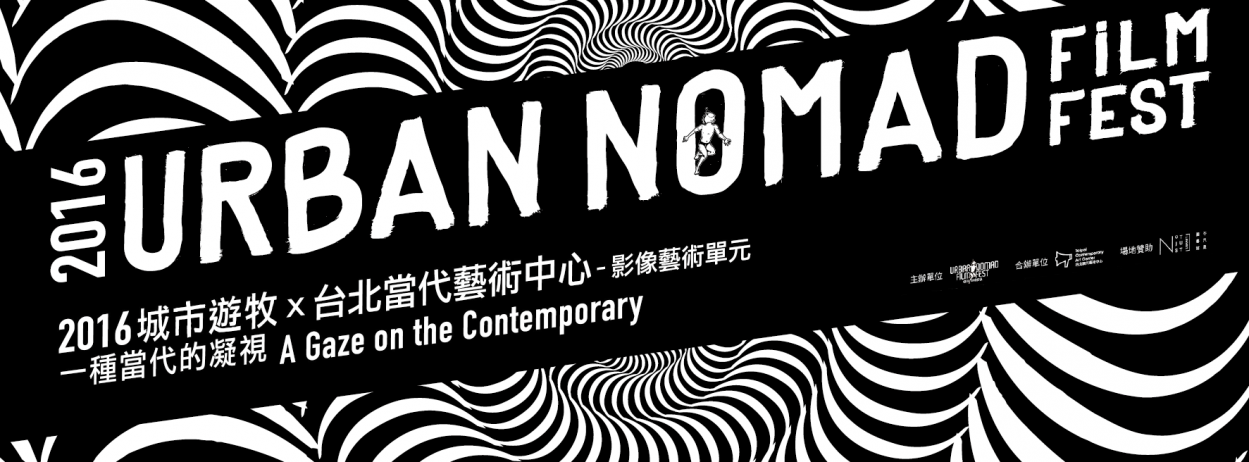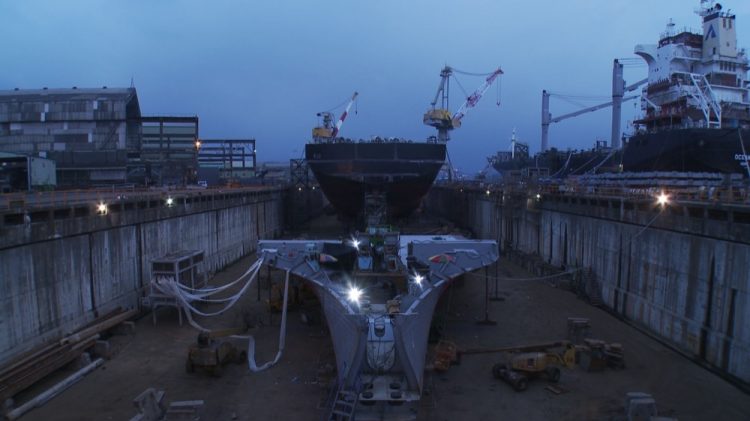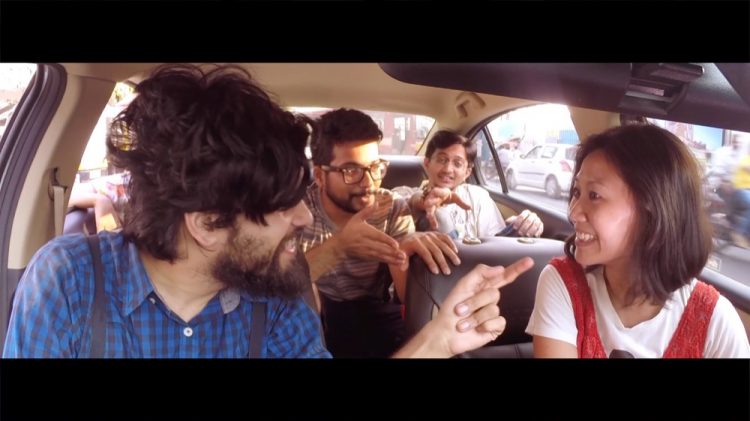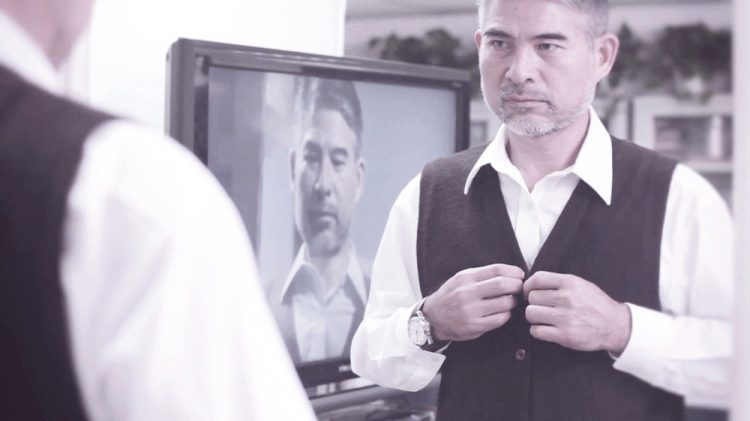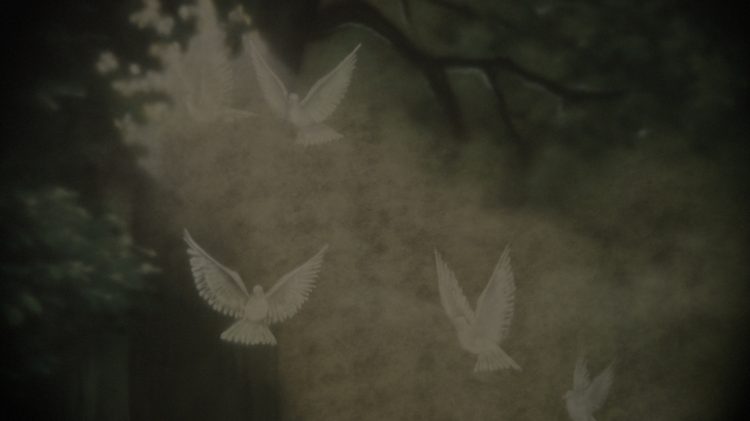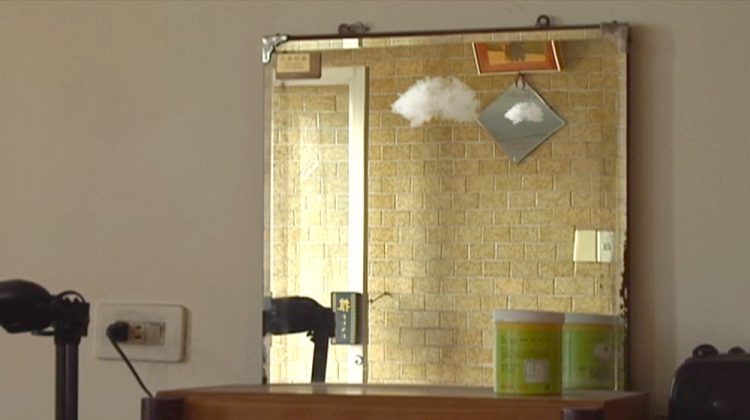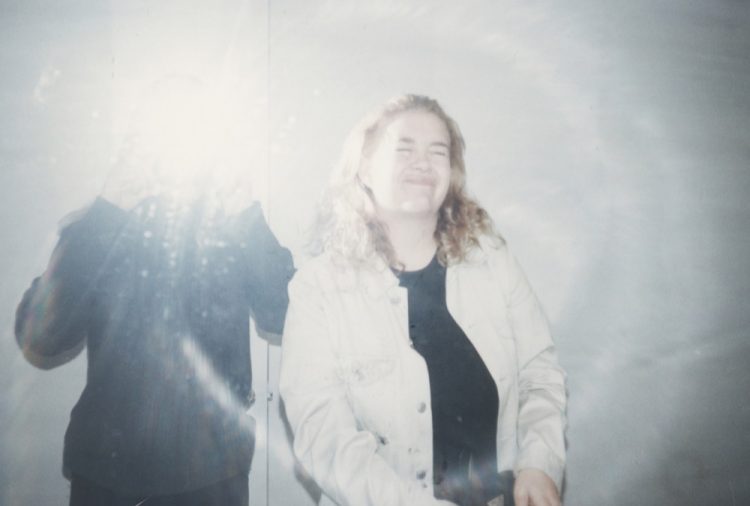Artist Hsu Chia Wei’s work The Story of Hoping Island was shot in a shipyard on Hoping Island in Keelung, which has 88 years of history. During the Japanese occupation of Taiwan, it was the Japanese government’s southernmost shipyard. After the retrocession of Taiwan, the shipyard played a key role in Taiwan’s economic takeoff. This shipyard represents a highly compressed, symbolic timeframe, from WWII to now. The shipyard reflects how the locals identify themselves based on their specific, local histories, and at the same time, how the national government encodes and directs history. To support this history, complicated traditions and myths are continually developed and developing. So Hsu, Chia-Wei shot this shipyard, a real space, and responded to the shipyard’s other historical side: the legend.
HSU Chia Wei
HSU Chia Wei’s creative method adheres to a specific type of “Narrative” — a way of documenting which interferes with the text in reality, by focusing on site-specific and peculiar characteristics, such as memory, imagination, or identification. He has been continuously trying to merge the languages of contemporary art and film to originate his works, in concern of how to step into reality through film creation, fabricating a mythical narrative which lingers between fiction and reality. He maintains a critical attitude toward filming, and through the power of film creation, he strives to move art to locations beyond museums and to developing his political practice. His works have been on display in museums and international film festivals, such as Jeu De Paume, The 39th International Film Festival Rotterdam, The 55th Venice Biennial, 2012 Liverpool Biennial, 2012 Taipei Biennial, 8th Taiwan International Documentary Film Festival, and Rencontres Internationales Paris/Berlin/ Madrid at the Centre Pompidou Paris, Haus der Kulturen der Welt Berlin, and Reina Sofia National Museum Madrid.


 中文
中文